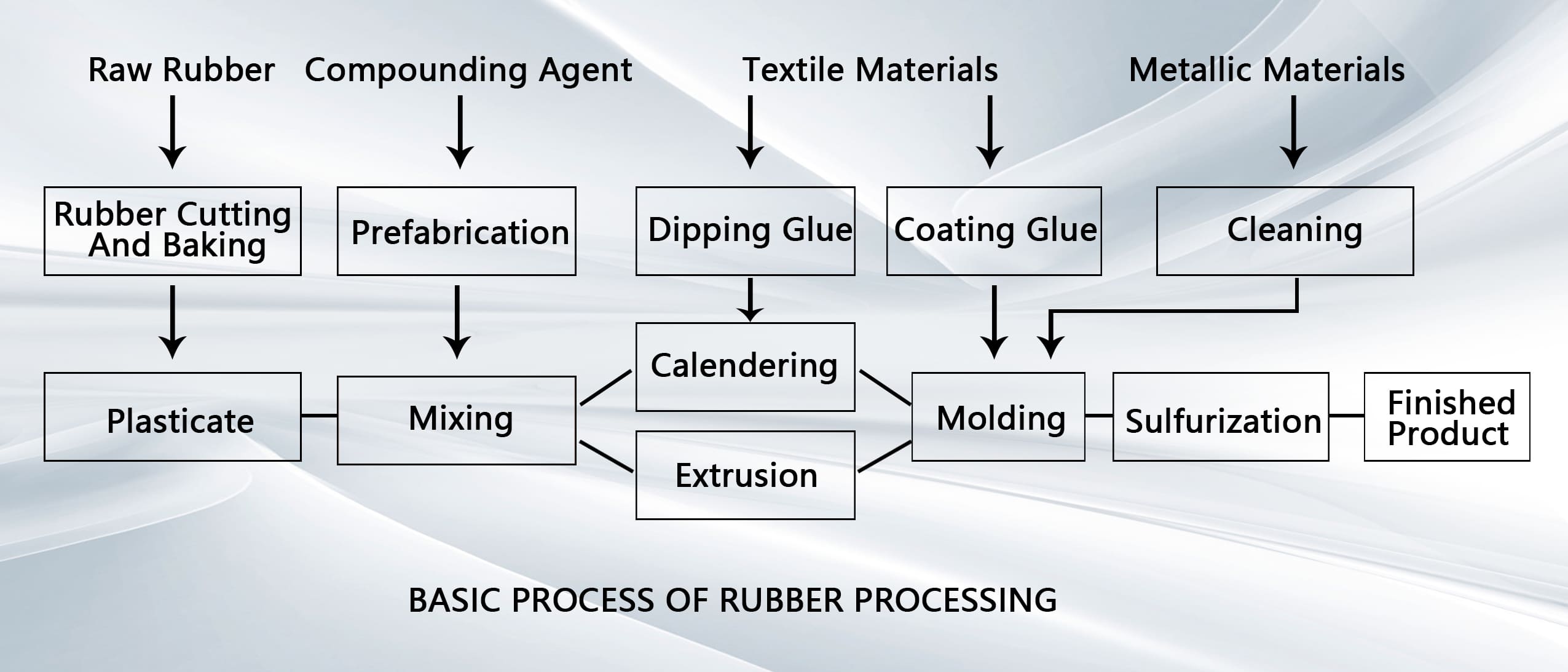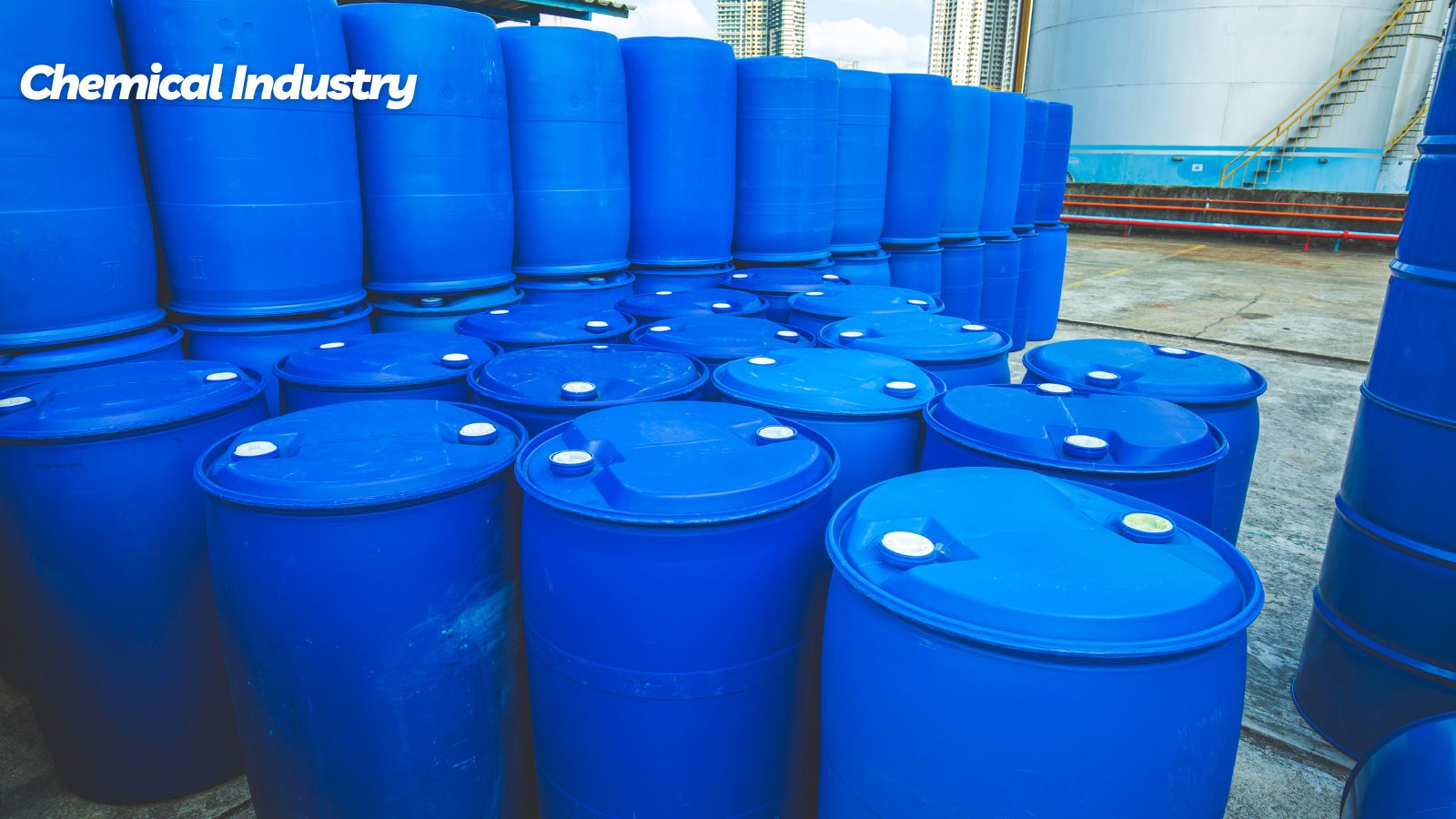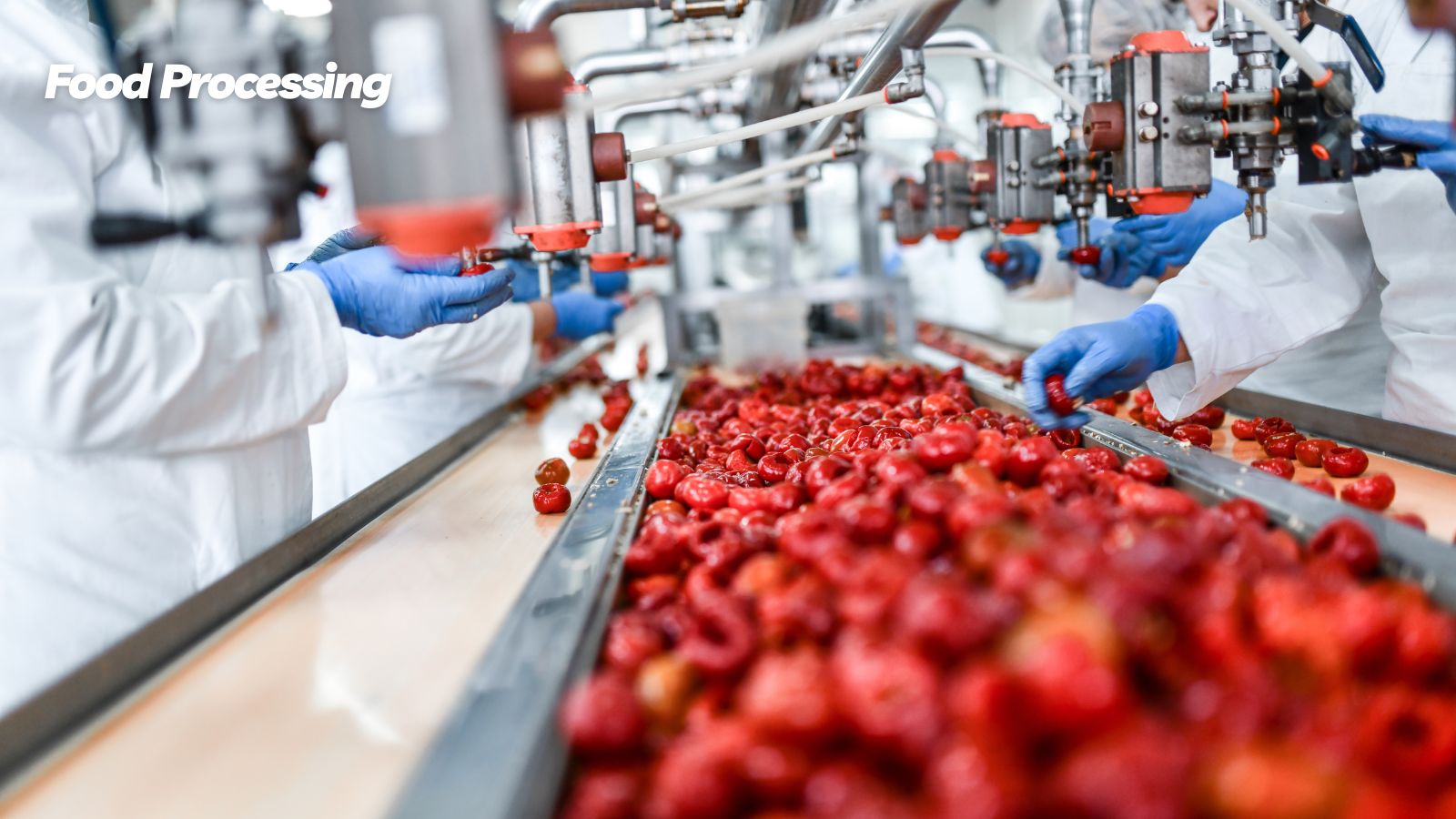Professional Cross Slit Valve Manufacturer in China
Cross Slit Valves offer several advantages, including their compact size, low cost, and simple design. They are well-suited for applications that require a small, lightweight, and reliable non-return valve. Common applications include medical infusion pumps, packaging for liquids and creams, and industrial fluid handling systems. Cross slit valves are also known for their ability to handle a wide range of fluids and pressures.
What is Cross Slit Valve?
Cross slit valve, also referred to as a slit-cutting valve or dispensing valve, is a unique, one-piece elastomeric component that functions as a backflow prevention device, one-way valve, or check valve. Its distinctive duckbill-shaped elastomeric lips prevent backflow while allowing forward flow. As such, it is a member of the duckbill valve family. Its unique construction and operating principles make it particularly suitable for situations where accurate regulation of flow is essential. Below, we explore the key features, functions, and applications of cross slit valves.
Cross Slit Valve Advantages
- Precise flow control:
The adjustable slit opening allows for precise control of fluid flow rates.
- Simple design:
They are relatively simple in design and can be easily replaced.
- Wide range of applications:
Cross slit valves are used in a variety of industries, including chemical processing, pharmaceuticals, and food and beverage production.
- Durability:
Made of durable materials, ensuring long-lasting performance.
Cross Slit Valve Design
- Slit Geometry
The configuration of the slit is crucial for flow regulation and characteristics. Variations in width and angle can be designed to optimize fluid flow and control.
- Body Structure
The valve body is typically constructed from robust materials such as stainless steel or high-grade plastics, ensuring durability and resistance to corrosion under varying pressure conditions.
- Sealing Mechanism
The effectiveness of the sealing mechanism, often using gaskets or O-rings, is vital for preventing leaks. The material and design of these seals significantly influence the valve’s reliability.
- Actuation Method
The method used to open and close the valve—whether manual or automated—affects the responsiveness and control of the flow. Actuators must be compatible with the valve design for optimal performance.
- Dimension Tolerance
Precise dimensional tolerances are essential for ensuring interchangeability and proper sealing between the valve components, directly impacting the overall efficiency and reliability of the valve.

Function of Cross Slit Valve
Cross slit valves are engineered for precise fluid control and are utilized in various applications across multiple industries. Their unique design and operational principles enable them to perform several critical functions effectively. Here are the key functions of cross slit valves:
1. Fluid Regulation:
The primary function of a cross slit valve is to regulate the flow of fluids—both liquids and gases. The design allows for smooth adjustments to the flow rate by changing the slit width.
This capability enables operators to achieve specific flow requirements essential in applications such as chemical processing, pharmaceuticals, and food production.
2. Backflow Prevention:
Cross slit valves can prevent backflow by maintaining a unidirectional flow of fluid. When pressure is applied in the designated direction, the valve opens; if the pressure reverses, the valve remains closed, effectively stopping any reverse flow.
This feature is critical in preventing contamination and protecting sensitive equipment from damage.
3. Pressure Management:
These valves can help manage pressure within a system by controlling the flow and minimizing pressure surges. The design allows for balanced pressure distribution, which is vital for maintaining system integrity.
By responding to changes in pressure, cross slit valves contribute to the overall safety and efficiency of the system.
4. Versatility:
Cross slit valves are versatile and can handle a variety of fluid types, including corrosive substances and gases. This adaptability makes them suitable for diverse applications across different industries.
Their design can be customized to meet specific fluid characteristics, ensuring optimal performance regardless of the application.
5. Self-Actuation:
Many cross slit valves feature a self-actuating design that allows them to respond automatically to changes in flow or pressure. This eliminates the need for external controls and simplifies system design.
The self-actuation enhances reliability and ensures that the valve operates as intended without manual intervention.
6. Sealing Integrity:
The sealing mechanism, typically involving high-quality gaskets or O-rings, ensures that the valve maintains a tight seal, preventing leaks and contamination. This sealing integrity is essential for applications where purity and safety are critical.
Effective sealing contributes to the longevity of the valve, reducing maintenance needs and operational downtime.
Cross Slit Valve Application Areas:
Cross slit valves are essential in multiple industries, where they provide precise control over fluid dynamics. Below are key application areas, with detailed examples of their use:
Chemical Industry:
- Material Flow Control: Cross slit valves regulate the flow of reactants during chemical reactions, ensuring optimal conditions are maintained.
- Process Efficiency: Their precise flow adjustment capabilities enhance reaction rates and improve overall yield by minimizing waste and maximizing resource use.

Pharmaceutical Industry:
- Fluid Regulation in Drug Production: These valves control the flow of active ingredients and excipients, ensuring accurate dosing and formulation consistency.
- Quality Assurance: By maintaining precise flow rates, cross slit valves help uphold stringent regulatory standards and product safety in pharmaceutical manufacturing.

Food Processing:
- Material Transportation: Cross slit valves facilitate the movement of ingredients and additives throughout the production line, ensuring uniformity and quality in food products.
- Hygienic Standards: Designed for easy cleaning and maintenance, these valves support compliance with health regulations, essential in food production environments.

Water Treatment:
- Chemical Addition Control: In water treatment processes, cross slit valves manage the precise dosing of chemicals such as chlorine or coagulants, enhancing the efficiency of purification.
- Flow Rate Optimization: Their ability to adjust flow rates in real time helps maintain consistent water quality and treatment efficacy, essential for safe drinking water supply.

Through these applications, cross slit valves demonstrate their versatility and reliability, showcasing our commitment to delivering high-quality solutions that meet the diverse needs of our clients across various industries.
Choosing Best Miniature Check Valve Manufacturer from China
At Valve Kingdom, we are dedicated to producing high-quality umbrella valves that cater to the specific needs of these diverse applications. Our expertise in valve manufacturing, combined with a commitment to innovation and quality, reinforces our position as a trusted leader in the industry. By continuously advancing our technology and understanding of market demands, we ensure that our products meet the highest standards of reliability and performance.


